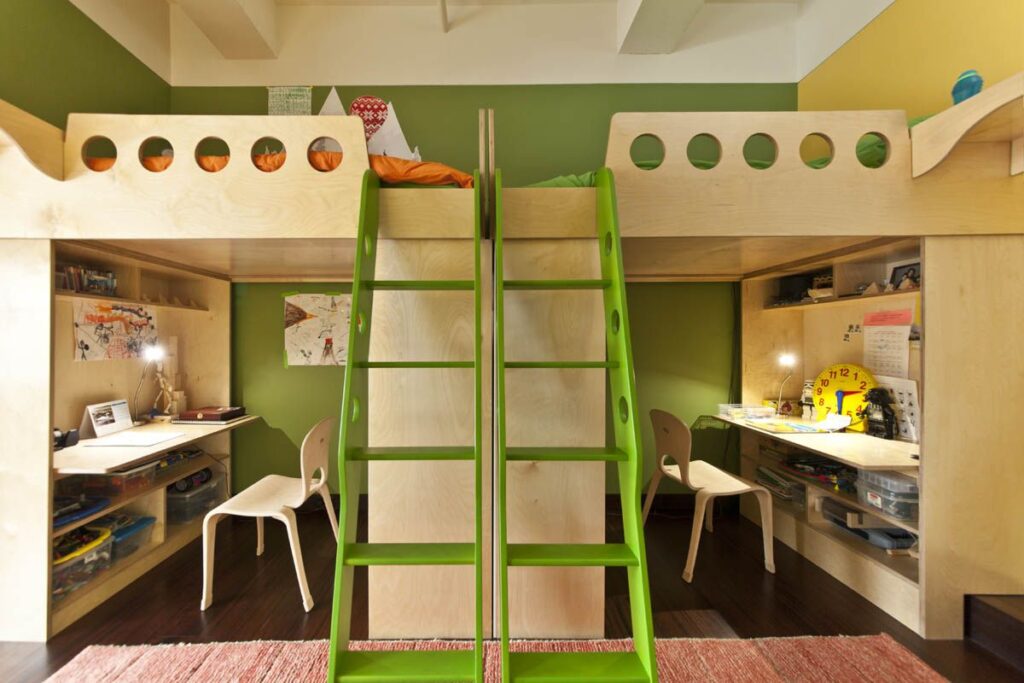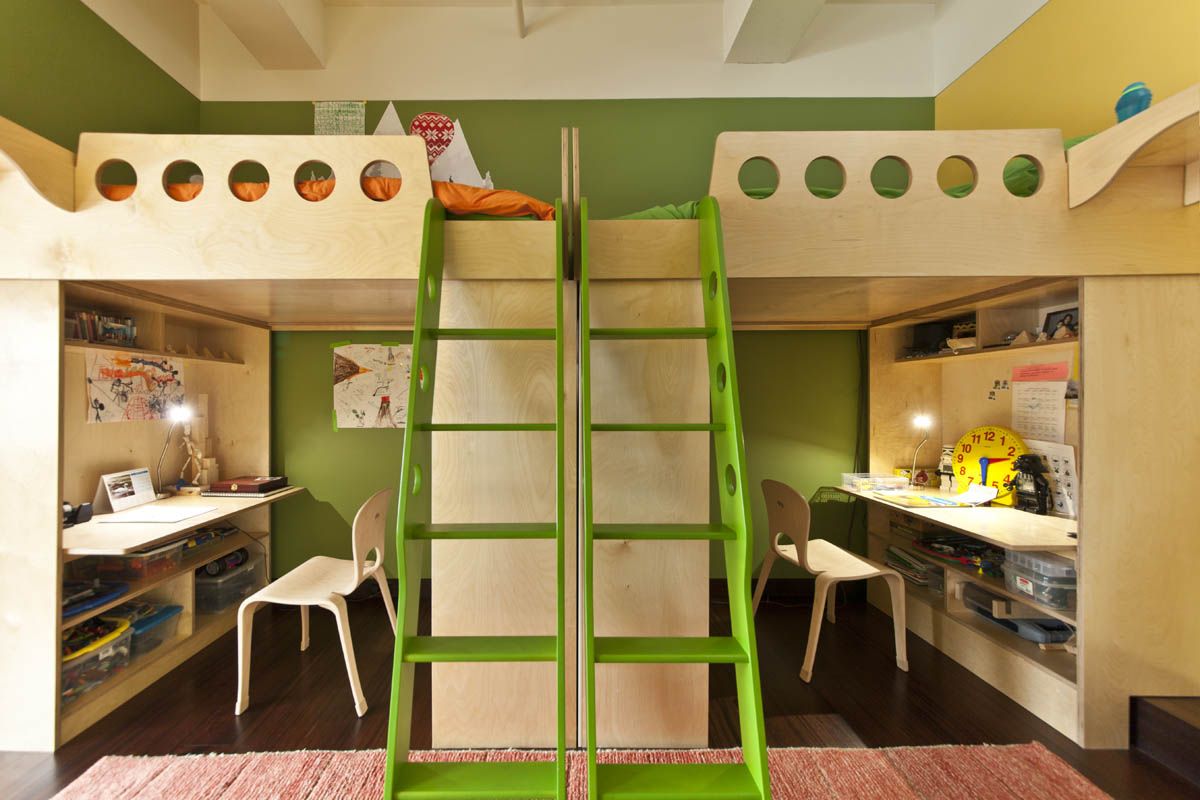
Navigating Sibling Space: Understanding and Fostering Healthy Relationships
The concept of sibling space, both physical and emotional, is crucial for fostering healthy relationships between siblings. Understanding and respecting this space can significantly contribute to a harmonious family environment. Sibling relationships, often the longest-lasting relationships in our lives, are complex and multifaceted. They can be a source of immense joy, support, and camaraderie, but also conflict, competition, and resentment. How families manage and respect sibling space plays a pivotal role in shaping the dynamics of these relationships.
This article delves into the various aspects of sibling space, exploring its importance, the challenges associated with it, and strategies for parents and siblings to navigate it effectively. We’ll examine how respecting individual needs and boundaries can lead to stronger, more positive sibling bonds. We will also discuss the impact of age gaps, personality differences, and parental involvement on the perceived and actual sibling space within a family.
The Importance of Sibling Space
Sibling space encompasses more than just physical boundaries. It includes emotional space, personal interests, and individual identities. Recognizing and respecting each of these elements is vital for healthy development and positive relationships.
Physical Space
Having a designated physical space is essential for children’s sense of ownership and privacy. This might be a bedroom, a corner of a room, or even a specific drawer. When children feel they have a space that is truly their own, they are more likely to develop a sense of independence and self-worth. Sharing a room can be challenging, and it’s important for parents to create distinct zones within the shared space. This could involve using dividers, different color schemes, or even just clearly defined storage areas. The goal is to provide each child with a sense of personal territory where they feel safe and secure. Without adequate physical sibling space, children may feel crowded, resentful, and constantly in competition with their siblings.
Emotional Space
Emotional space refers to the freedom to express feelings, pursue interests, and develop a unique identity without feeling pressured or judged by siblings. Each child needs the opportunity to explore their passions, make mistakes, and learn from them without constant comparison to their siblings. Parents can foster emotional space by encouraging open communication, actively listening to each child’s concerns, and celebrating their individual achievements. It’s important to avoid playing favorites or constantly comparing siblings, as this can lead to feelings of inadequacy and resentment. Creating emotional sibling space involves validating each child’s feelings, even if they seem trivial or unreasonable. [See also: Conflict Resolution Skills for Siblings]
Individual Identity
Allowing each child to develop their own unique identity is crucial for fostering healthy sibling relationships. This means supporting their individual interests, talents, and aspirations, even if they differ significantly from those of their siblings. Parents should avoid labeling children or expecting them to conform to certain stereotypes. For example, if one child is naturally athletic and the other is more academically inclined, it’s important to celebrate both of their strengths and avoid pressuring either child to fit a particular mold. Supporting individual identity also involves respecting each child’s personal style, friends, and values. By allowing children to develop their own sense of self, parents can help them build stronger, more authentic relationships with their siblings.
Challenges in Navigating Sibling Space
Navigating sibling space is not always easy. Several challenges can arise, including competition, jealousy, and unequal treatment.
Competition and Jealousy
Competition and jealousy are common emotions among siblings, particularly when they feel that their needs are not being met or that their parents are favoring one child over another. This can manifest in various ways, such as competing for attention, possessions, or achievements. Parents can mitigate these feelings by ensuring that each child receives adequate attention and praise, and by avoiding comparisons between siblings. It’s also important to teach children how to manage their emotions and express their feelings in a healthy way. Encouraging empathy and understanding can help siblings develop a greater appreciation for each other’s strengths and weaknesses. Recognizing that feelings of competition are normal and addressing them openly can prevent them from escalating into more serious conflicts regarding sibling space and resources.
Unequal Treatment (Perceived or Real)
Perceived or real unequal treatment can be a major source of conflict between siblings. Even if parents strive to treat their children equally, siblings may still perceive that one child is being favored over another. This can be due to differences in personality, age, or needs. It’s important for parents to be aware of these perceptions and to address them openly and honestly. This might involve explaining why one child receives more attention or resources at a particular time, or simply acknowledging that each child has unique needs that must be met. It’s also important to avoid making assumptions about how children are feeling and to give them the opportunity to express their concerns. Addressing perceived inequalities can help maintain harmony and ensure that each sibling feels valued and respected. This is especially important when considering how resources like sibling space are allocated.
Age Gaps and Developmental Stages
Age gaps and developmental stages can also present challenges in navigating sibling space. Siblings who are significantly different in age may have very different needs and interests, making it difficult for them to relate to each other. Younger siblings may feel overshadowed by their older siblings, while older siblings may feel burdened by the responsibility of caring for their younger siblings. Parents can help bridge these gaps by encouraging older siblings to mentor and support their younger siblings, and by providing opportunities for siblings to spend quality time together. It’s also important to recognize that each child is at a different stage of development and to adjust expectations accordingly. [See also: The Impact of Sibling Rivalry on Child Development]
Strategies for Fostering Healthy Sibling Relationships
Several strategies can help parents and siblings navigate sibling space effectively and foster healthy relationships.
Establishing Clear Boundaries
Establishing clear boundaries is essential for creating a respectful and harmonious family environment. This includes setting rules about personal space, possessions, and privacy. For example, siblings should be taught to knock before entering each other’s rooms, to ask permission before borrowing each other’s belongings, and to respect each other’s privacy. It’s also important to enforce these boundaries consistently and fairly. When siblings know what is expected of them and what the consequences are for violating those expectations, they are more likely to respect each other’s boundaries and avoid unnecessary conflicts. This contributes directly to a more positive perception of sibling space.
Encouraging Communication and Conflict Resolution
Open communication and effective conflict resolution skills are crucial for navigating sibling relationships. Parents should encourage siblings to express their feelings and concerns in a healthy way, and to listen to each other’s perspectives. It’s also important to teach children how to resolve conflicts peacefully and respectfully. This might involve teaching them how to compromise, negotiate, and find solutions that work for everyone. Parents can also model healthy communication and conflict resolution skills by demonstrating how to resolve their own disagreements in a constructive way. Creating a safe space for communication allows siblings to address issues related to sibling space and other conflicts more effectively.
Promoting Individual Interests and Activities
Supporting individual interests and activities is essential for fostering a sense of individuality and self-worth. Parents should encourage their children to pursue their passions, even if they differ significantly from those of their siblings. This might involve providing opportunities for them to participate in extracurricular activities, take classes, or pursue hobbies that they enjoy. It’s also important to celebrate each child’s unique achievements and talents, and to avoid comparing them to their siblings. By supporting individual interests, parents can help their children develop a strong sense of self and build confidence, which can lead to stronger, more positive sibling relationships. Allowing individual expression minimizes potential conflict over shared sibling space.
Quality Time Together (and Apart)
Balancing quality time together and apart is crucial for fostering healthy sibling relationships. While it’s important for siblings to spend time together and build shared experiences, it’s also important for them to have time to pursue their own interests and develop their own identities. Parents can help create this balance by scheduling family activities that everyone can enjoy, while also providing opportunities for each child to spend time alone or with friends. It’s also important to respect each child’s need for privacy and personal space. By providing a balance of togetherness and independence, parents can help siblings develop a strong bond while also maintaining their individuality and sense of self. Understanding when to provide shared sibling space and when to encourage individual time is key.
The Long-Term Benefits of Respecting Sibling Space
Respecting sibling space has numerous long-term benefits, including stronger sibling bonds, improved mental health, and increased emotional intelligence.
Stronger Sibling Bonds
When siblings feel that their needs are being met and that their boundaries are being respected, they are more likely to develop a strong and lasting bond. This bond can provide them with a sense of support, companionship, and belonging throughout their lives. Siblings who have a positive relationship are more likely to turn to each other for support during difficult times, to celebrate each other’s successes, and to maintain a close connection even as they grow older and move away from home. Understanding and respecting sibling space is a fundamental building block for these lasting bonds.
Improved Mental Health
Respecting sibling space can also contribute to improved mental health. When children feel that their needs are being met and that they are being treated fairly, they are less likely to experience feelings of anxiety, depression, and resentment. A positive sibling relationship can also provide a buffer against stress and adversity, helping children to cope with difficult situations more effectively. Children who have a strong and supportive sibling relationship are more likely to develop resilience and a positive outlook on life. The security and stability provided by a healthy understanding of sibling space contributes significantly to overall mental well-being.
Increased Emotional Intelligence
Navigating sibling relationships can also help children develop increased emotional intelligence. By learning how to communicate effectively, resolve conflicts peacefully, and empathize with others, children can develop the skills they need to build strong and healthy relationships throughout their lives. Understanding and respecting sibling space requires a high level of emotional intelligence, as it involves recognizing and responding to the needs and feelings of others. Children who have learned to navigate their sibling relationships effectively are more likely to be successful in their personal and professional lives. They are better equipped to build and maintain relationships, to work effectively in teams, and to lead with empathy and compassion.
Conclusion
Navigating sibling space is a complex but essential task for parents and siblings. By understanding the importance of physical, emotional, and individual space, and by implementing strategies for fostering healthy communication and conflict resolution, families can create a supportive and harmonious environment where siblings can thrive. Respecting sibling space not only strengthens sibling bonds but also contributes to improved mental health and increased emotional intelligence. The long-term benefits of investing in healthy sibling relationships are immeasurable, creating a foundation of support and companionship that can last a lifetime. By prioritizing the needs and boundaries of each child, parents can help their children develop strong, positive relationships that will enrich their lives for years to come. Understanding and managing sibling space is an ongoing process, but the rewards are well worth the effort.

